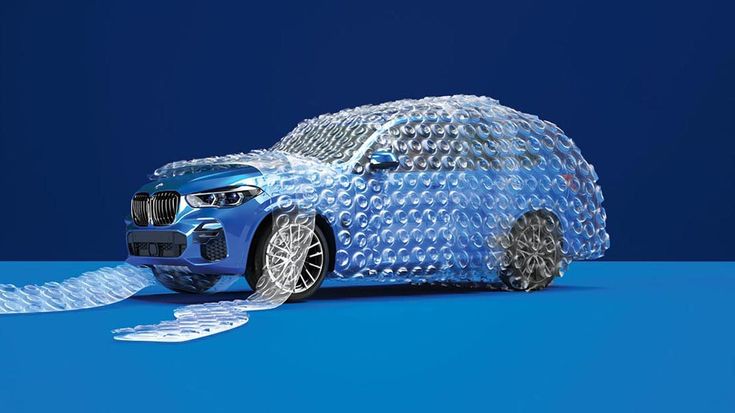Getting your driver’s license is exciting, but it also comes with responsibilities — and one of the most important is car insurance. For new drivers, understanding insurance can feel overwhelming, especially with all the terms, coverage types, and costs involved.
This guide breaks down the essentials so you know what to expect and how to save money as a beginner driver.
1. What Is Car Insurance and Why Do You Need It?
Car insurance is a contract between you and an insurance company. You pay a monthly or yearly premium, and in return, the company helps cover costs if you get into an accident, your car gets stolen, or it’s damaged.
Why it matters for new drivers:
-
It’s legally required in most places.
-
It protects you from expensive repair bills.
-
It gives peace of mind while you’re still building confidence on the road.
2. Types of Car Insurance Coverage
Here are the main types of coverage you’ll hear about:
-
Liability Insurance (required in most regions)
Covers damage or injuries you cause to others in an accident. -
Collision Coverage
Pays for repairs to your car after a crash, no matter who’s at fault. -
Comprehensive Coverage
Covers non-accident damage, like theft, fire, flood, or vandalism. -
Personal Injury Protection (PIP) or Medical Payments
Helps pay medical bills for you and your passengers. -
Uninsured/Underinsured Motorist
Protects you if the other driver has no insurance or too little coverage.
💡 Tip: As a new driver, at least liability + collision + comprehensive is recommended.
3. Why Car Insurance Is Expensive for New Drivers
New drivers usually face higher premiums because:
-
Lack of driving experience = higher risk.
-
Young drivers (especially under 25) statistically have more accidents.
-
No prior insurance history.
But the good news? You can still lower your costs with smart choices.
4. How Much Does Car Insurance Cost for New Drivers?
On average, new drivers can expect to pay:
-
$1,500–$3,000 per year in the U.S. (varies by state)
-
£1,000–£2,000 per year in the U.K. (varies by location and car type)
-
Other regions will vary, but the trend is the same: first-time drivers pay the most.
5. Tips to Save Money as a New Driver
✅ Choose a cheaper car to insure – Smaller, safer cars usually cost less.
✅ Compare quotes – Don’t accept the first offer; shop around.
✅ Increase your deductible – A higher deductible lowers your premium.
✅ Ask about discounts – Good student, safe driving, or bundled policies (car + home) often come with discounts.
✅ Consider a telematics/black box policy – Some insurers track your driving habits and lower your premium if you drive safely.
✅ Add an experienced driver to your policy – Having a parent or older relative as a co-driver can reduce costs.
6. Common Mistakes New Drivers Make with Insurance
🚫 Buying only the cheapest plan without enough coverage.
🚫 Forgetting to update their policy when they move or buy a new car.
🚫 Not reporting small accidents, which can cause issues later.
🚫 Missing payment deadlines, which could cancel the policy.
Car insurance may seem complicated, but it’s simply about protecting yourself, your car, and others on the road. As a new driver, costs may be higher at first, but with the right plan and smart habits, you can lower your premium over time.
Think of it this way: insurance is like a safety net — you hope you won’t need it, but you’ll be thankful it’s there if something goes wrong.
